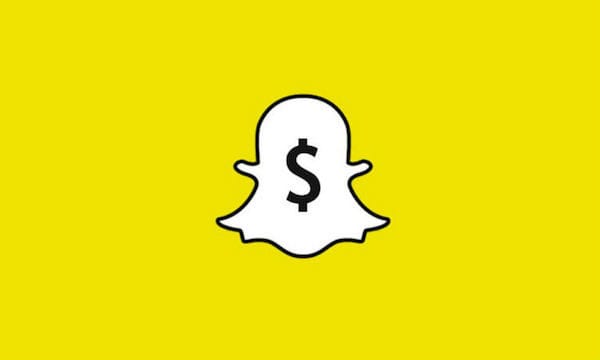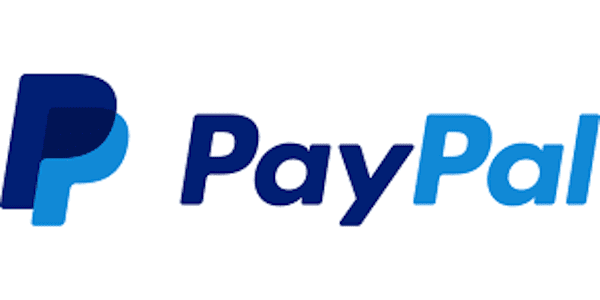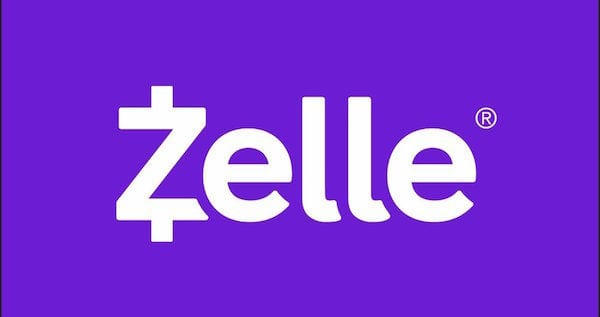
The world moves to a more and more cashless state every single day, and for many reasons, that is more secure. However, there are a few things that can be more difficult when we are operating without any cash. How do you pay someone back when they spot you for lunch because your wallet was back at the office? To solve these kinds of problems, there are a lot of person to person or P2P payment systems. These are applications that allow you to send money to someone easily and sometimes instantaneously. Here are ten of those services below and what makes them better (or worse) than using something else.
Circle

Most P2P apps are essentially the same because they are designed to do the same things. With Circle, you select someone from your contacts and request the amount from them as simply as you would send a text message. The one thing that sets Circle apart is that behind the scenes, everything is traded in bitcoin. This means that you can send money to anyone anywhere in the world and neither of you will have to pay for any currency conversion. There are no fees when sending from your bank, funds within the app, or debit card, and all funds are FDIC insured.
Dwolla

Dwolla was almost something great, and you still read about it fairly often. However, Dwolla has shifted so that it is no longer P2P. Dwolla was one of the best P2P services before it shifted to a business to business only service. There were no weekly or monthly limits like there are with other applications; the only limit to users was a $5,000 cap per transaction. Dwolla also had features to let people pay for goods and services, donate to charity, and apply for a line of credit. Although it is now a thing of the past, Dwolla was everything a good P2P should be.

Facebook Messenger has recently implemented its own P2P features which still leave a lot to be desired. No fraud protection is part of this service, and it must be used with a debit card linked to an actual bank instead of a prepaid debit card or the millennial staple of a mobile bank. Those two things in conjunction make it a little undesirable right out of the gate. It can also only be used by those who already have a Facebook account, which is a little bit uncommon nowadays. Transfers sent this way also take up to four days to deposit to your bank, so it is far from instant.
GoogleWallet

GoogleWallet is one of the more full-featured options on this list as the Wallet functions as a debit card as well as working as a P2P. You can use a person’s email address or phone number to send and request money. Money can be stored in your Google Wallet or transferred to your linked bank account. All of the data is stored and encrypted on Google’s servers, and the information is monitored 24/7, so there is little room for fraudulent activity. All unauthorized transactions are covered, and any purchases made with your Google Wallet are ensured with MasterCard Zero Liability Protection.
PayPal

PayPal is one of the oldest P2P systems and sadly has become obsolete because of a lot of the drawbacks of the service. Sending money charges a fee, funds are only protected when there is a purchase involved, and sometimes money can get held up because of a lengthy (~21 day) verification process. It takes several days for the funds to hit your bank account unless you opt to get a PayPal card, which allows for instant transactions but charges a fee of $5 per month even if you’re not using the card. PayPal is still an excellent service but leaves a lot to be desired in the P2P payment department.
Popmoney

Popmoney is a great service if you are a user of one of their in-network banks. Popmoney can be used via the smartphone app or on the web. It does facilitate transfers directly (unlike many other services that hold your funds in a third-party account), but this type of convenience may come at a price. There are hundreds of banks in the network, but for those of you who are not using a bank that is part of this network, it costs $0.95 to send or request money. Receiving money is always free. Popmoney is exceptionally secure though, all transactions are handled by Fiserv, and the website is regularly scoped out by Verisign.
Venmo

Venmo is one of the first P2P services that was widely popularized in the way we’ve come to understand P2P apps today. It has added features that allow you to share notes and have conversations within the app. Transactions happen instantly from your bank or Venmo balance, and all are protected with bank-level encryption and other safeguards. Most transactions through the app are free, but some debit and credit card transactions incur a 3% fee when sending money.
SnapCash

SnapChat has been making waves with all of the recent changes to the app, and this is one feature that seemed to slip by a lot of people when it was added over a year ago. SnapCash is part of the Square network, but it functions directly in the app. You may notice that when you type in a dollar amount, a green button will pop up. Clicking it will allow you to send that money instantly. Limits range from $250 a day to $2,500 a week when you take additional steps to verify your identity; this service is not available outside of the United States.
Square Cash

Square Cash is an incredible service for P2P transactions. Money can be held in your Square Cash account, and you can opt to receive a Square Cash card that will allow you to use money from your Square balance as opposed to linking it to a bank. If you choose to connect to a bank, sending money is instant and receiving that money can take 3 to 5 business days. Some debit cards and banks will allow you to cash out instantly for a 1% fee. Square Cash is incredibly secure and safe for business transactions while there may be additional fees associated. There is also a bonus of $5 for inviting your friends!
Zelle

Wiring more substantial sums of money used to be a hassle and Zelle has truly worked to clear that up immensely. Zelle is typically more useful for larger transactions. There are limits of $500 within the app, but when you use Zelle through your mobile banking app, those limits are a lot more flexible. Zelle isn’t like a traditional P2P app because what it does instead of transferring the money is facilitate faster transfers between banks by providing financial institutions with the necessary information. It is free whether you use a bank in their network or not. This service doesn’t work outside of the US yet.